The witty American Humorist James Thurber said: “People have more fun than anybody.” I want to alter that slightly since I always remembered it rather differently as: “People are funnier than anybody.”I must say that I prefer my version and it works better here in this context. Cats, dogs, hamsters, white mice, parrots, rabbits, fish, guinea pigs, ferrets–isn’t that enough? Apparently not, because there are a lot of really quite exotic creatures that end up being treated as pets. So, here, I’m going to play a rather whimsical game of considering some micro-organisms and some macro-organisms as potential pets for as many letters of the alphabet as I can fit beasties into.
A is for Amoeba, Ant, and Anteater.
Amoebae are an excellent choice as they require subculturing only about once every 2 weeks and they are quite amenable to being observed while eating and reproducing.

Ants come in over 12,000 species, so you have lots of choices. However, there are only a few that are recommended for the amateur myrmecologist, specifically harvester ants or black garden ants or wood ants. These are generally tranquil and independent species. Avoid fire ants and army ants! (Also navy and air force ants.) My sentiments regarding ant farms are like those of Steven Wright who said: “I used to own an ant farm but had to give it up. I couldn't find tractors small enough to fit it.” He also observed: “Ants can carry twenty times their own body weight, which is useful information, if you’re moving and need help carrying a potato chip across town.”

There are a couple of major problems with having an anteater as a pet. First of all, you have to have an enormous supply of ants available on a daily basis; it’s not like you can wander down to your local store and say: “I’d like 10 pounds of live ants, please.” Also, you have to be careful about the kind of anteater you choose–no giant anteaters. These have enormous, powerful, front claws and when cornered these creatures will attack and are capable of seriously injuring or even killing a human being.

However, apparently everything depends on the species and getting a modest sized one, because believe it or not, some of those brave, hardy souls who keep anteaters say that they are as loving and expressive as dogs, can learn to respond to their names and enjoy attention. I am fairly credulous, but I’ll tell you right now, I’m not buying any anteaters. Below is an image of an Aardvark, which belongs to a different taxonomic order than anteaters. Anteaters are found in South America and Aardvarks in Africa.

COST: $3,500 TO $8,000
B is for Bursaria, Bush Babies
Bursaria are large, elegant ciliates that look like swimming vases. They are moderately difficult to culture, but are voracious and fond of Paramecia which they can devour whole because of an impressively large oral groove. They are fascinating to observe, but don’t follow orders well, which makes them less than desirable as pets. They are a nightmare to photograph, because they are large, thick for a protist, and swim quite actively.

Bush babies are cute and look cuddly; however, they are temperamental, hyperactive, and have an unpleasant tendency to urinate on just about anything in their bailiwick. Also, they are primates and subject to a variety of diseases that are transmissible to humans. Not ideal companions; in fact, definitely not pet material.

COST: $4,000+
C is for Climacostomum, Caracal
Climacostomum is a fairly large ciliate which forms interesting cysts and is quite easy to culture. This makes it a congenial pet as long as you feed it properly and don’t aggravate it by letting the culture medium get overloaded with bacteria.

The caracal is a wild cat which lives in Africa, Central Asia and parts of India and Pakistan. It is an aggressive predator and has a distinctive appearance with its long black tufted ears. The kittens are quite charming and cuddly looking, which tempts some people to try to domesticate them. These animals, however, do not really domesticate and they are wanderers and need large amounts of space. The males average about 40 pounds and the females about 30 pounds; both can get up to about 3 feet long. They have extremely sharp and powerful teeth. There is no question about it, these are not household pets.

COST: $1,700 TO $2,800
D is for Didinium, Dingo
Didinium is an odd looking medium-size ciliate with an enormous appetite, largely for Paramecia. It has what looks rather like a nose-cone which has a set of rods, which are microtubules, located around the nose-cone which is the oral opening capable of expanding impressively enough to ingest a Paramecium. The body is barrel-shaped and has two ciliary bands, one in the upper area and the other just below the middle. It has a long convoluted macronucleus. Thus, a fascinating critter, but one which you need to handle carefully if you have any stray Paramecia on your fingers. These are stained specimens and I’ll show you 2 images; the second, be warned, is of a Didinium devouring a Paramecium whole.


Dingos are a non-domesticated Australian dog and are regarded by farmers as pests. They are generally non-aggressive and tend to avoid humans. The estimates are that there are somewhere between 10,000 and 50,000 still in the wild. The “pure” dingo population is declining due to breeding with other canines. They are listed as vulnerable, but not yet endangered. When they are given proper care and nourishment, they can be affectionate and desirable companions. However, there are distinct disadvantages to having one as a pet. They are expensive and require much more care and attention than a dog. They also tend to be shy and usually bond primarily with one person. They are clearly not desirable for the ordinary family as a pet as attractive as they may be.

COST: $500 TO $800
$31,900 FOR DINGO DIGGER
E is for Euplotes, Echidna
Euplotes is a ciliate, actually a hypotrich. What that means is that it has bundles of fused cilia called cirri and these critters often look like they are walking along the substrate foraging. They can actively swim and have a large appetite for bacteria and small algae.
They reproduce irresponsibly given the slightest encouragement and thus can be cultured readily with relatively little effort. They do, however, exhibit a tendency to get bored and snub a microscopist by simply walking out of the field of view. This specimen was stained with Nigrosin to show the cirri and some of the surface structure of the pellicle.

Echidnas are not pet material. The only ones in captivity are either in zoos or in rescue centers. Because they are threatened, it is illegal to own an Echidna in Australia. However, in the U.S., one can find the unscrupulous dealer, who will provide a short-beaked Echnida for about $11,000. However, even in America possession of these creatures is not acceptable.
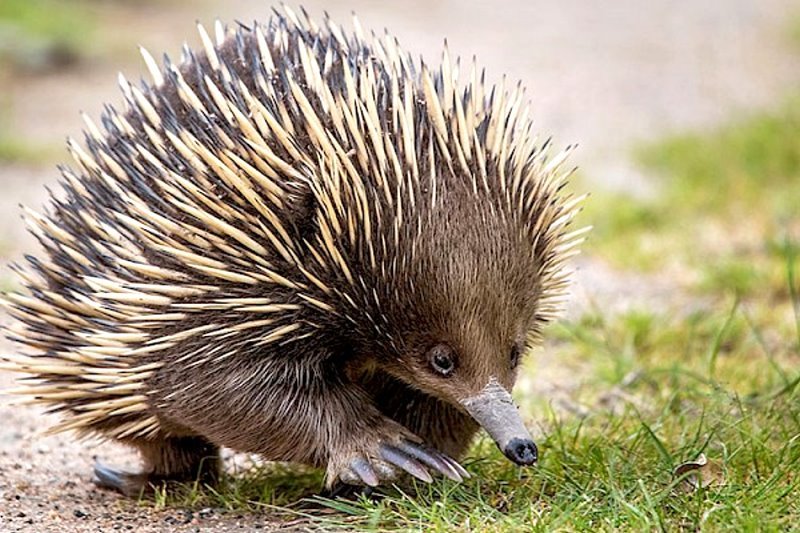
COST: $11,000
F is for Frontonia, Fennec
Frontonia is another large ciliate. (Are you getting a sense that I am partial to ciliates?) It thrives on bacteria and algae and is reasonably easy to culture. This latter is important, because, after all, who wants an uncultured pet?
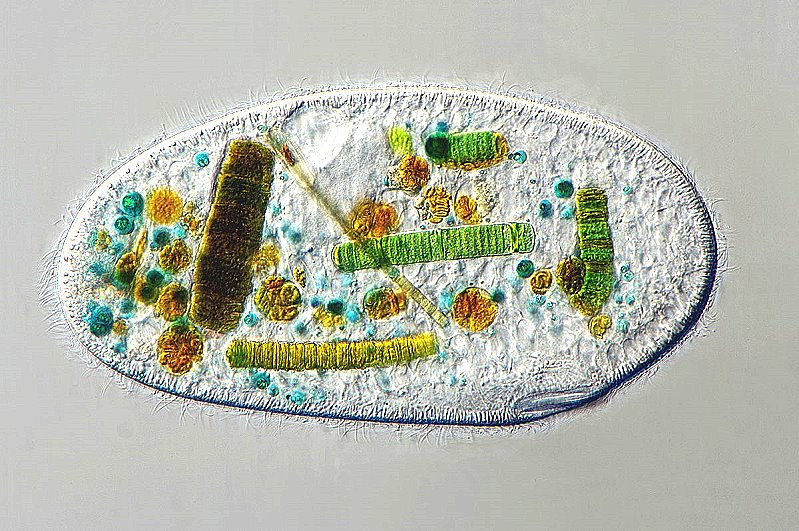
Fennec foxes are lovely little creatures, are wild animals, and should be left in the wild. They live in the deserts of Africa and they require a lot of care and patience, do not like to cuddle, and only tolerate being picked up. Clearly, a wonderful animal to be left to its own devices.
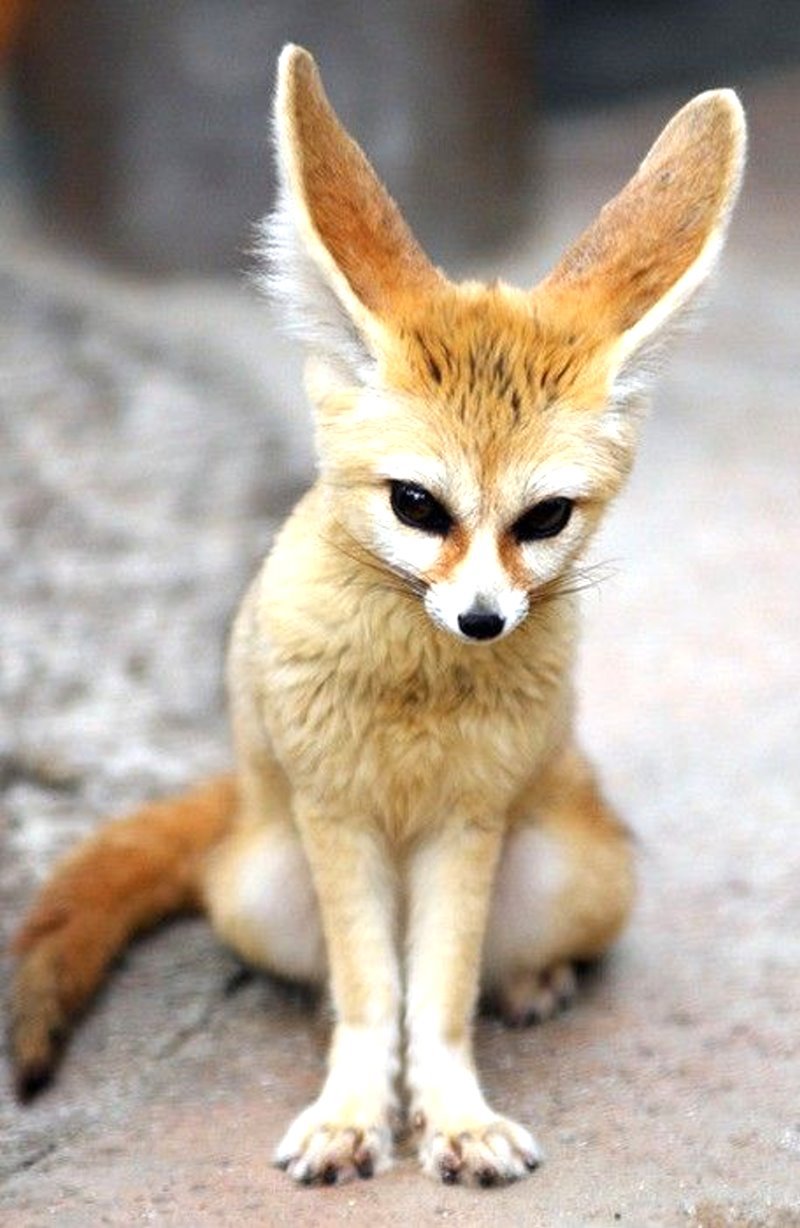
COST: $300 TO $3,000
G is for Giardia, Genet
Giardia is a protozoan parasite which causes severe intestinal disturbance with nausea, stomach cramps, and diarrhea. The infection usually clears up in a few weeks, but the intestinal distress may continue long after. There are drugs for treatment, but the best strategy is to take maximum precautions to avoid contact. The parasites occur world wide and are found in areas which have poor sanitation and contaminated water. Flowing water that appears clear and clean can be deceptive. Here in the mountains, clear streams can have droppings from elk, deer, moose, and other animals which can contain Giardia and the unsuspecting may think that it’s safe to drink such water, thereby getting infected. In really severe cases, Giardia can encyst in the intestine walls and persists, thus making it a long term companion, but not a desirable pet. First, a light microscope view and then an SEM image.

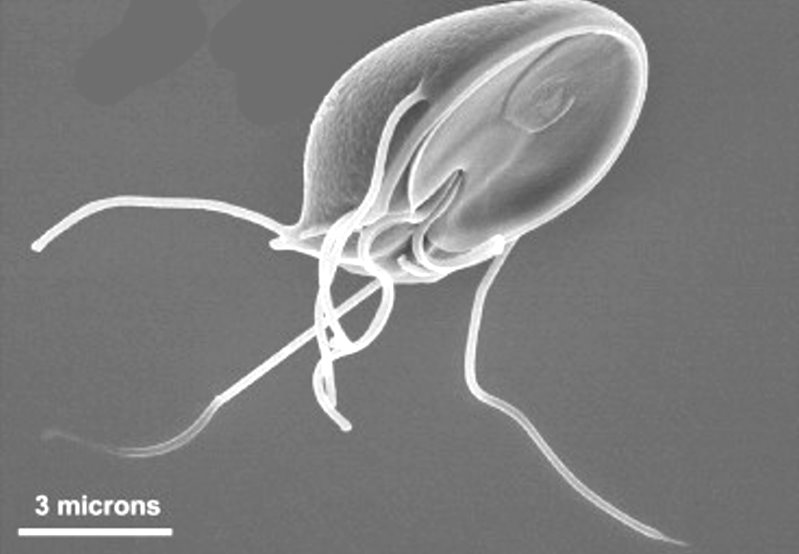
Image credit Dr. Carol Wells
The Genet is a cat-like animal, and while it is related to cats it is more closely related to the mongoose and civet.
It is not to be confused with the French novelist, playwright, poet, and petty criminal who was frequently arrested and finally threatened with a life sentence. On that occasion, many important figures in French culture either signed a petition or sent letters to the President of France requesting a pardon for Genet on the grounds of his remarkable literary achievements. Among those signers were Sartre, Anouilh, Auric, Gallimard, Marcel, Poulenc, Breton, Cocteau, and Picasso.
The Genet which we are concerned with is found in Africa and was imported to Europe and one form can be found in Spain, Portugal, Italy and southern France. They are very attractive and can decimate a household in short order as they are active climbers and like to seek out the highest points in their area. They have a long ringed tail, sometimes longer than their body, and they have musk glands which makes them another household challenge. They also would make short work of pets, such as white mice and hamsters, as a good snack. In other words, there are a number of challenges that would make them a desirable pet only if you’re looking for something that is hyperactive, has sharp semi-retractable claws, possesses musk to augment the effluvium of your domicile, and is not into cuddling in spite of its cuddly appearance.
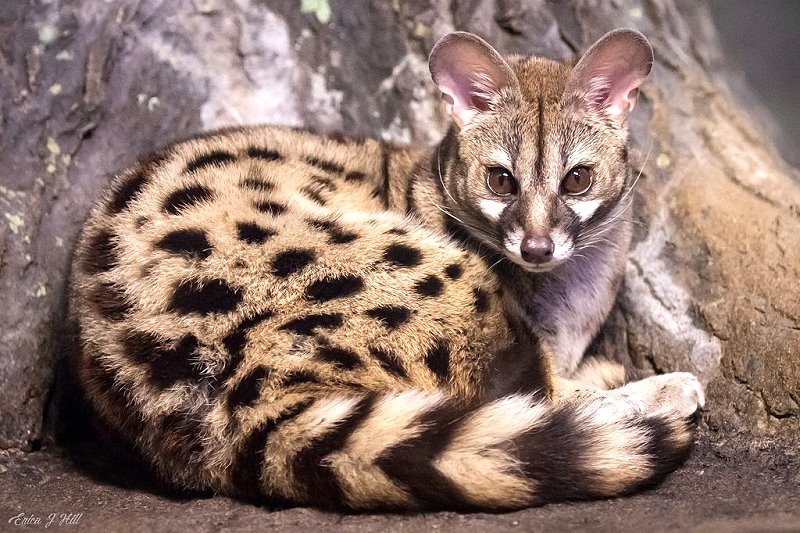
COST: $1,500+
H is for Homalozoon, Hedgehog
Homalozoon is another larger ciliate; it is long and slender and sometimes mistaken for Spirostomum. It swims in an elegant fashion and is quite pleasing to observe. However, it is not terribly common in my experience and does not culture readily, so clearly not a good candidate for petdom.
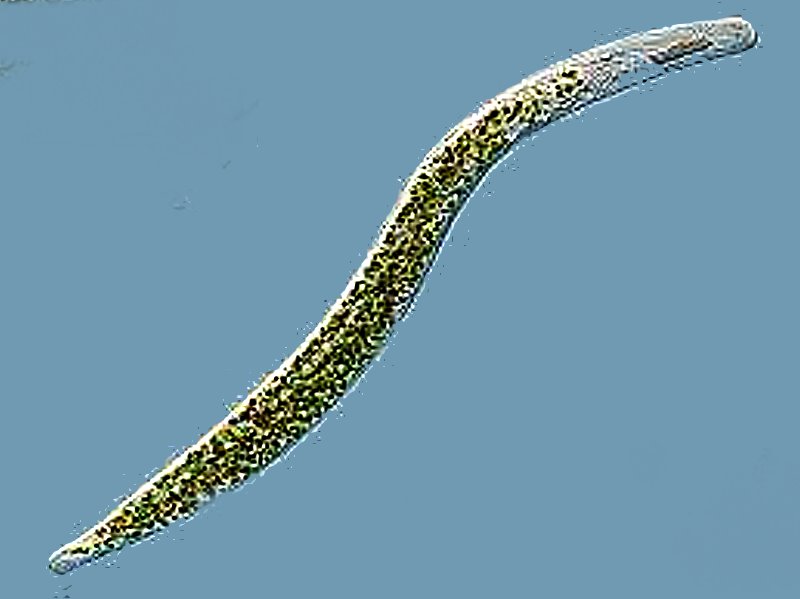
Hedgehogs are irresistibly cute. They are small and look very cuddly in spite of their spines. However, these wonderful little beings should be left undisturbed to wander around in your garden. They are rather nervous, having to be alert for predators which can include your resident cat. However, there are reasons for not trying to include them in a household; some carry the very contagious foot-and-mouth disease and can transmit other diseases both viral and fungal as well as salmonella bacteria. If there are children in the household, these issues should be of special concern. So, observe these tiny marvels in the natural habitats and don’t try to imprison them both for their sake and yours.
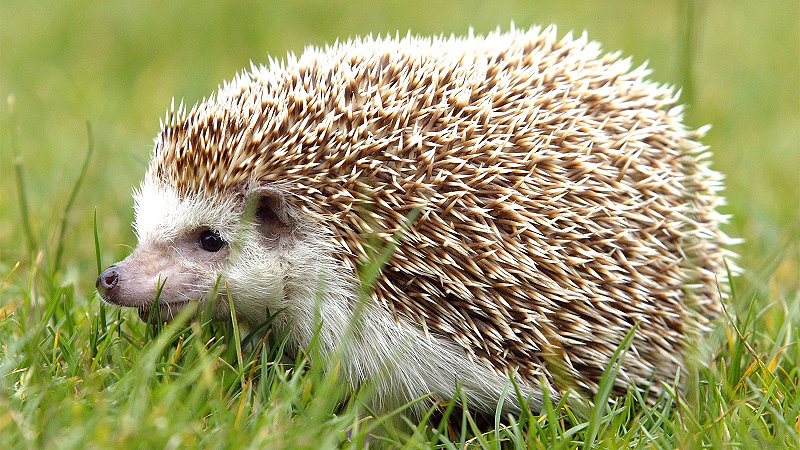
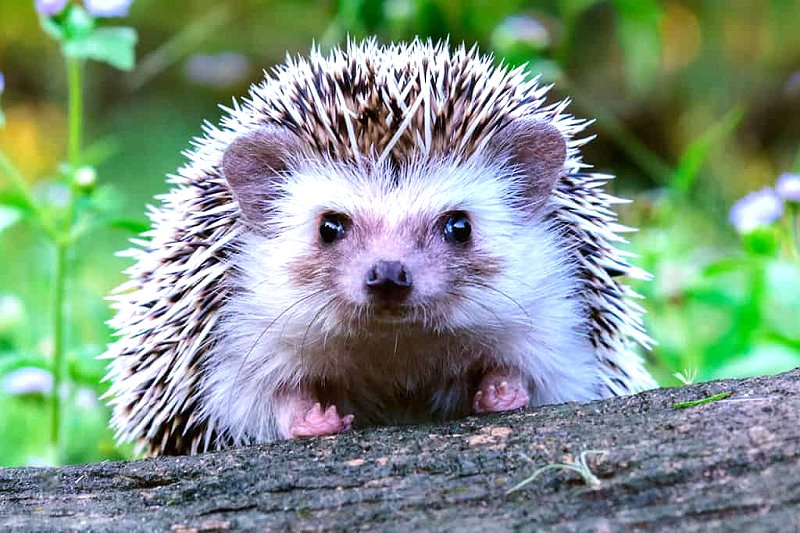
COST: $100 TO $300
I is for ICH, Iguana
Ich some times referred to as “ick” is the infection seen on fish and is caused by a parasitic ciliate named Ichthyophthirius multifiliis. This is the bane of individuals who keep aquaria. Various methods of treatment have been developed to control it, but it needs to be addressed as soon as as it is noticed. It is not desirable under any circumstances, unless you are a protozoologist of parasites.
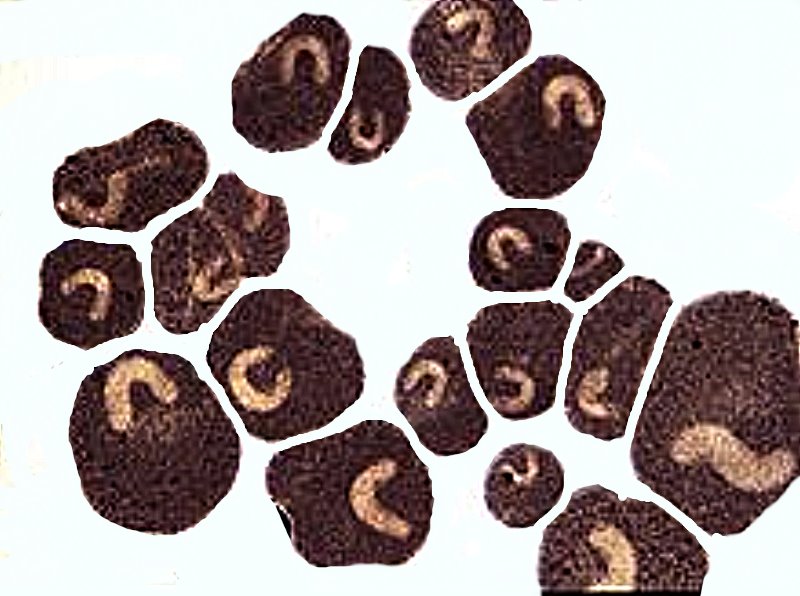
Iguanas come in a variety of sizes and color patterns and with different accompanying adornments such as the fringe which you see on this imposing chap. If you purchase one of these when it’s a little guy, you may end up being deceived as they may be only 12 to 18 inches long, but they grow and can get up to 6 feet long and weigh 30 pounds! That requires a big cage. Many people who buy them, end up either surrendering them to a shelter or releasing them, which is very bad idea and illegal as well. The other option is to serve them up as a gourmet surprise meal. Iguana meat is regarded as a delicacy in Mexico and South America. Does it taste like chicken? Doesn’t everything? Especially if it’s something you’ve never tried before: according to Reader’s Digest these include: rattlesnake, frogs legs, crocodile, rabbit, swordfish, and Hen of the Woods mushrooms. If you don’t like chicken, well, then you’re just plain out of luck.
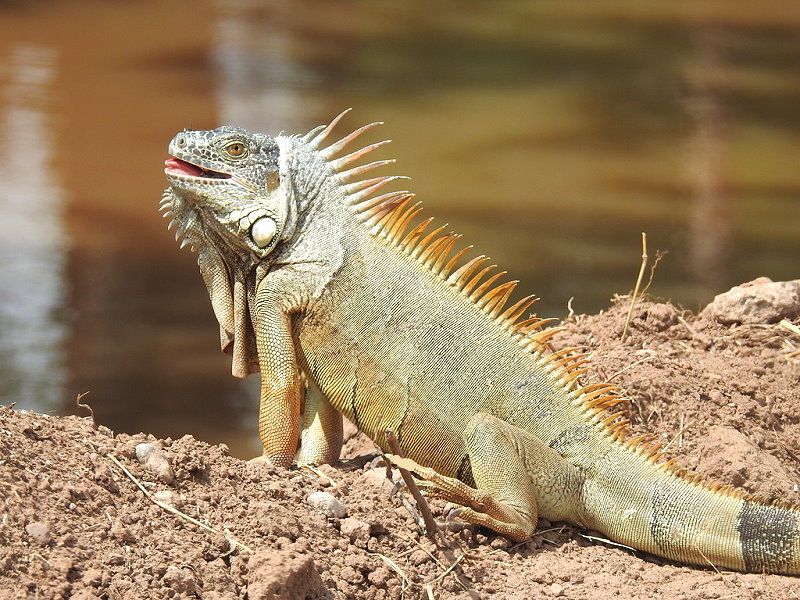
COST: $20 TO $600 (PLUS THAT BIG CAGE)
J is for Joenia, Jaguarundi
Joenia is one of many fascinating termite symbionts. They live in the oxygenless gut of termites and wood roaches. They have thousands of flagella and are referred to as hypermastigotes. Some insist that these flagella be referred to as spirochaetes. So, if you have an infestation of termites, you can get a side benefit of doing some really incredibly interesting microscopic research.
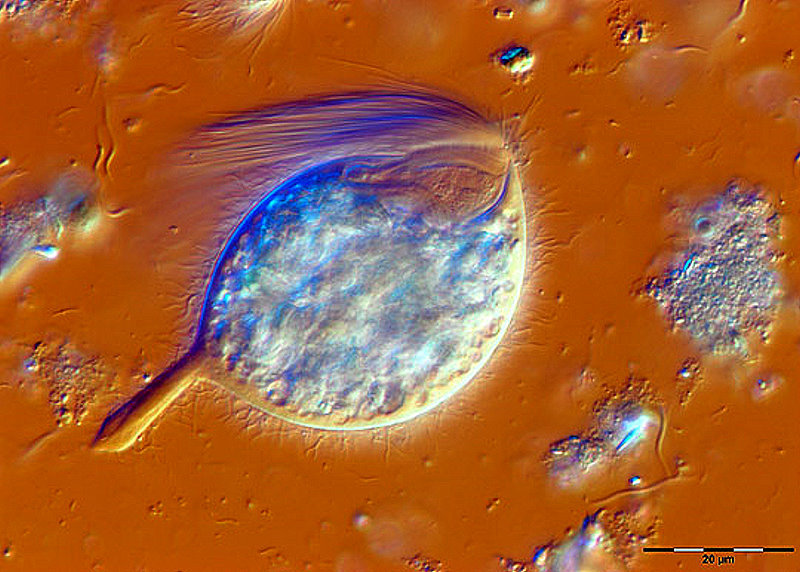
Jaguarundi are attractive, but are indeed wild and can be very fierce. These are nocturnal creatures and are elusive and effective hunters. These instincts cannot really be circumvented and so they are not good members of a household, especially one with other pets or children. So, pass on this one. They are found throughout most of South America and up into Mexico. In many places, it is illegal to own one and if you can find one on the black market, it will be very expensive and if you ever need a veterinarian, you will run the risk of being reported.
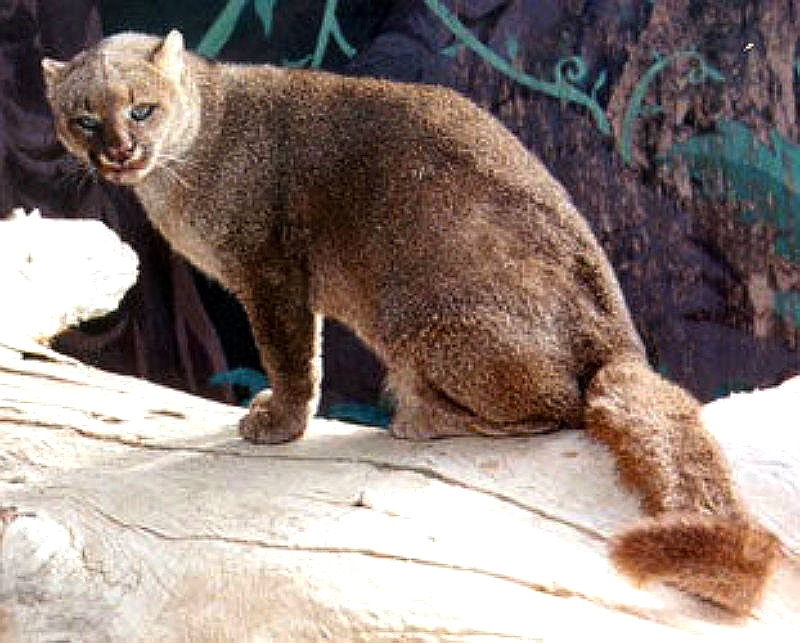
K is for Kellicottia, Kinkajou
Kellicottia is a rotifer (in case you were getting tired of ciliates) which is a delight to observe. It looks, with its long spines, as though armed for combat. Here are 2 views of specimens which I collected from a reservoir at an altitude of about 7,000 feet.
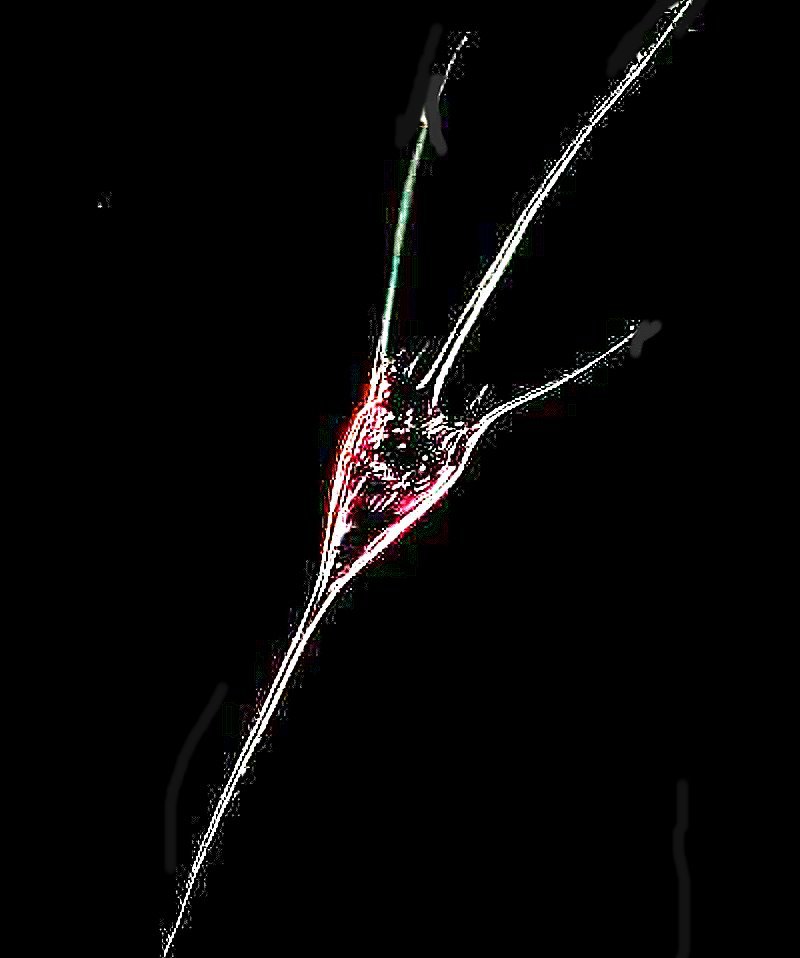
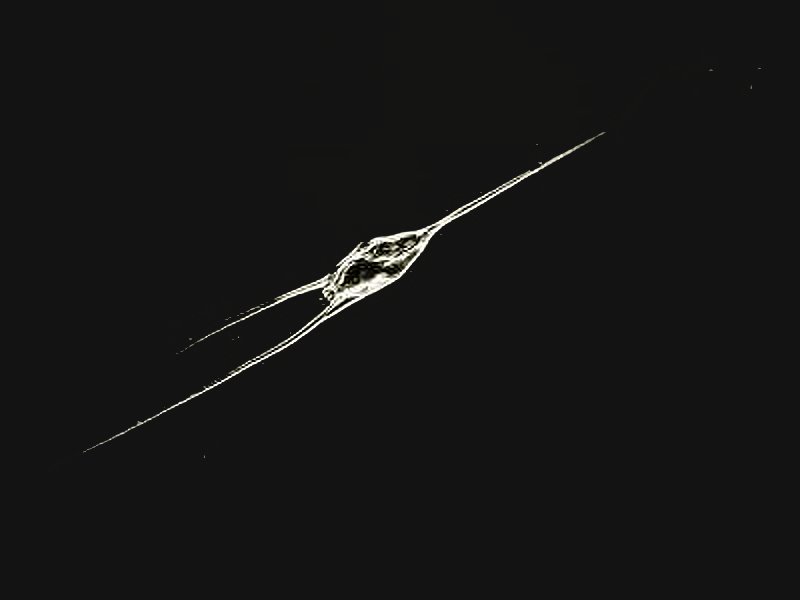
The Kinkajou is also known as a “honey bear”; they feed primarily on fruits and are partial to honey as well with the occasional bee or termite thrown in for variety. They are related to coati mundis. Kinkajous are powerful climbers and spend much time in the rainforest foraging. They can be kept in activity, but they are notorious for their ability to escape from almost any enclosure. When raised from young animals, they can be playful and entertaining. However, when startled, they can turn aggressive and inflict a severe bite. They are basically nocturnal creatures which makes them a high maintenance pet. As is so often the case, only those who have some expertise and the resources to deal with wild animals, should consider these animals as possible pets. The image below I especially like because it looks like he is sticking his tongue out at us in challenge. Perhaps because they can live to 20 or 30 years or more and are not sure you have the patience or the time to deal with them.
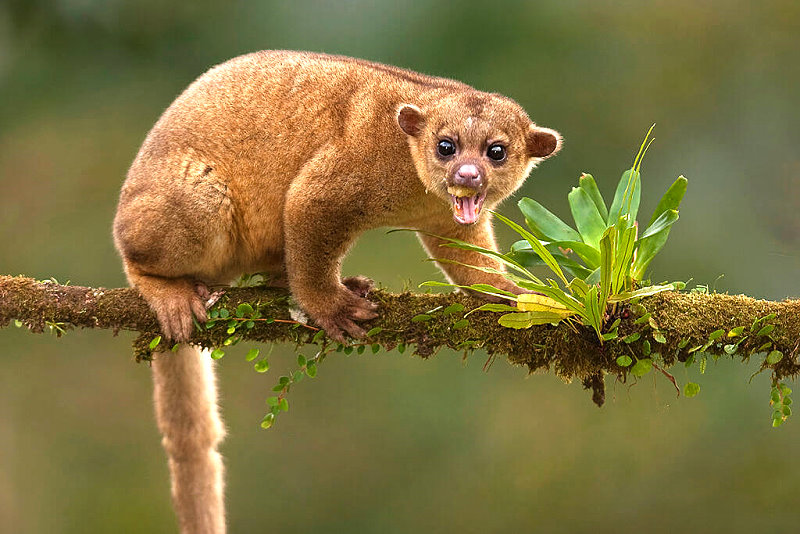
L is for Litonotus, lobster, leech, llama
Litonotus is another one of those wonderfully sleek ciliates. Unfortunately, not good pet material as it’s not easy to culture.
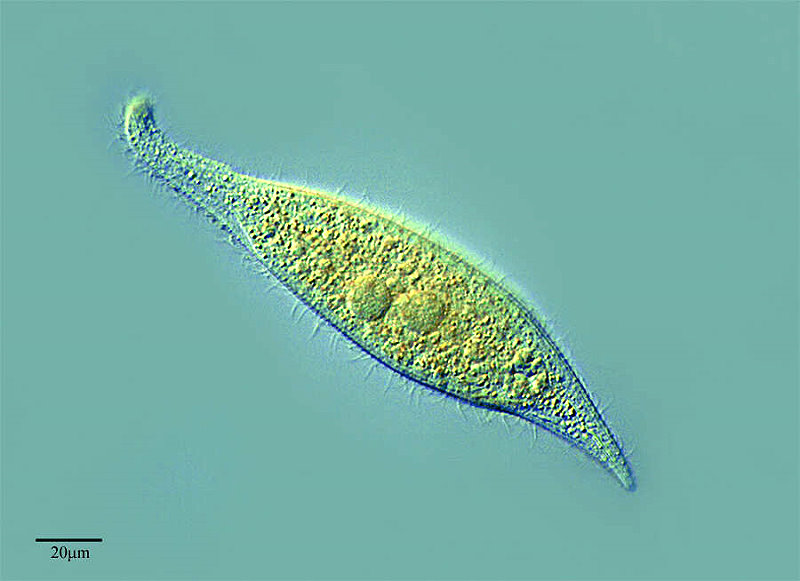
I’m going to break pattern here and show you 3 possible macro pets this time. The first is a lobster. The French poet Nerval had a pet lobster named Thibault which he took for a walk in the gardens of the Royal Palace in Paris. It was on a long leash of blue ribbon. He saw it as no more odd that walking a dog, cat, or lion or other animal on leash. He apparently had a special fondness for lobsters and felt that humans tended to mistreat animals generally, the lobster in particular, by boiling it alive. I must say that I also love lobsters as I find them extraordinarily tasty. I’m sure that Nerval would ostracize me.

Next, I will discuss the lowly and much despised leech. Leech therapy generally conjures the Middle Ages, but it seems that the ancient Egyptians used leeches over 3,500 years ago. Leech therapy had another revival in the 19th Century and is once again being used in modern medicine. In ancient times, such therapy was used for everything from headaches to hemorrhoids, from one end to the other, so to speak. The latter application does seem especially repulsive and creepy.
The modern revival centers around the action of the leech draining blood in severe wounds, limb reattachments, and blocked arteries. However, some physicians are even experimenting with them as a treatment for arthritis and neuropathy. My wife has osteoarthritis and I have peripheral neuropathy, so I tried to put in an order for a nice supply of fresh leeches (they’re farmed in Wales), and I did find some on Amazon, but unfortunately, the reviews were not good as apparently most of them arrived dead. Also, they were of low quality since they were for fishing bait. My wife of 62 years threatened me with mayhem, if I so much as brought a single leech into the house. Ah, some people have no sense of adventure and experimentation.
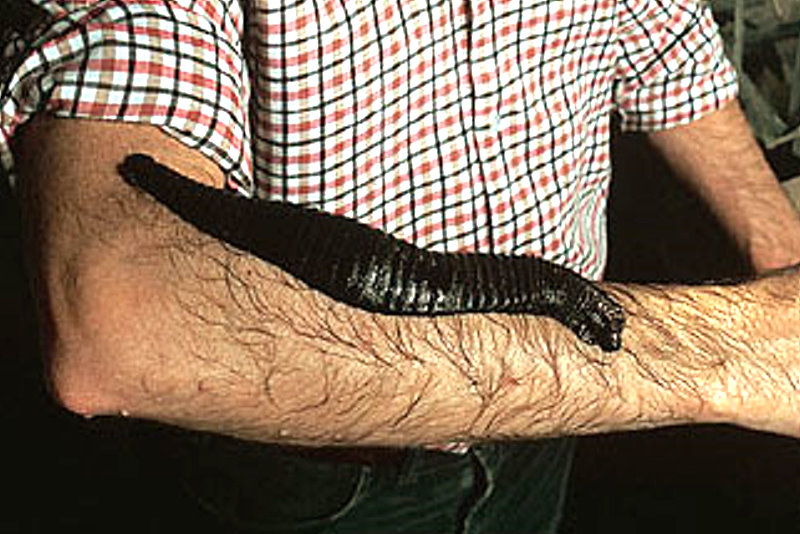
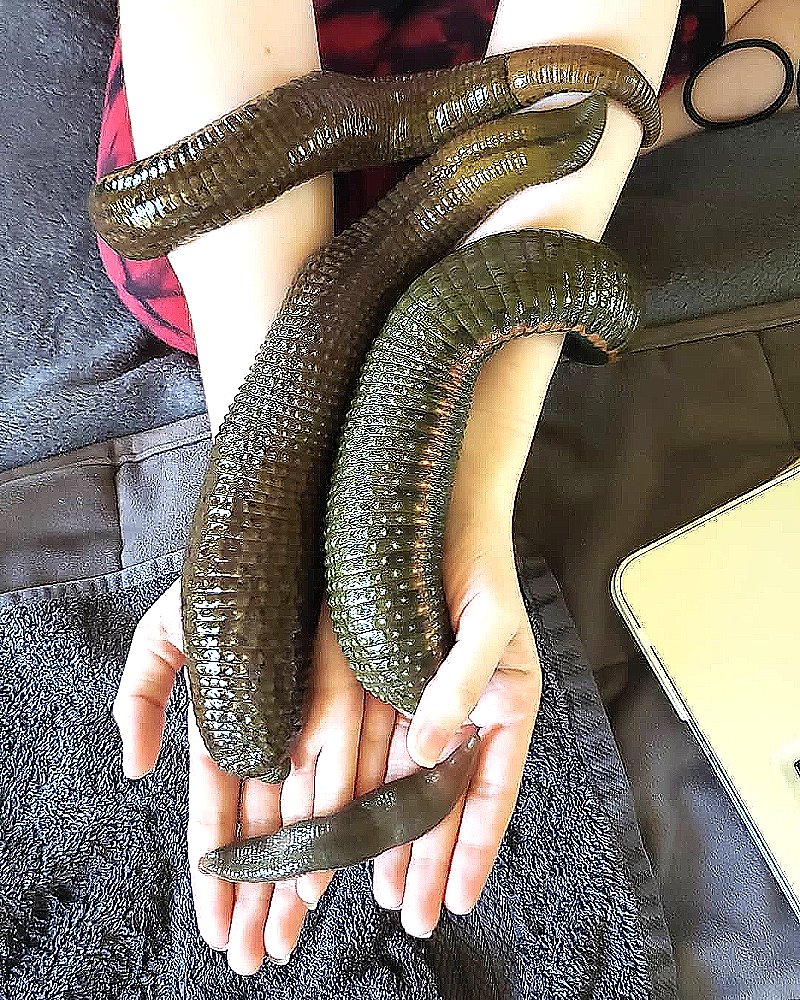
Llama are unsurprisingly related to camels. They are to be found in South American along with their relatives vicuna, alpacas, guanacos. They are readily domesticated, are curious, and congenial. Furthermore, they are intelligent and generally like people as companions. Little do they know, however, that they might end up on the dinner table. Llama meat is highly regarded and the skins of llamas have a wide variety of uses. The hair or “wool” is used to make rugs, wall hangings, and ropes. While they can indeed make good pets, they require considerable space, attention, care, and investment.
COST: $500 TO $5,000 PLUS $300 TO $500 A MONTH FOR MAINTENANCE

M is for Mesodinium, mosquito, myna, marmot
Mesodinium is a small ciliate which is common in marine and estuarine environments. The species M. rubrum can cause red tides and has been designated as nontoxic, but it can produce problems when there are intense coastal blooms.
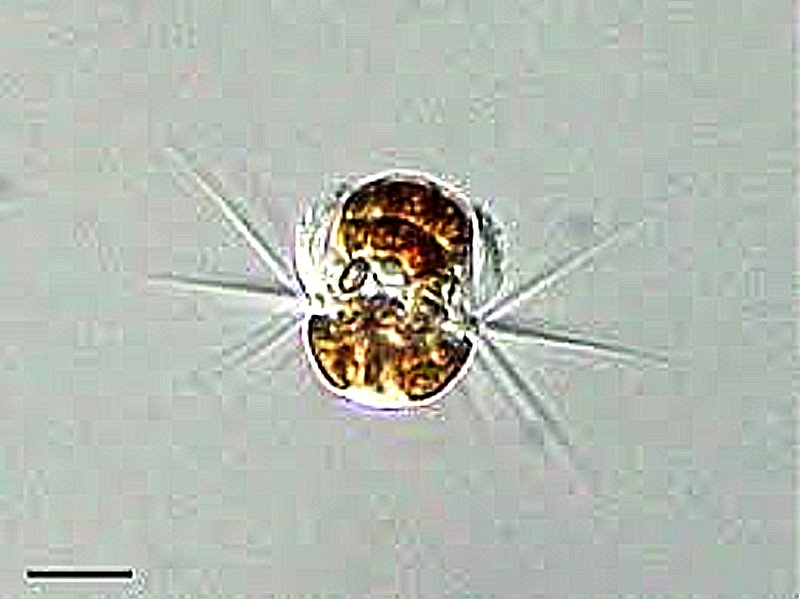
The mosquito, nightmarish pest that it is, deserves very few words. Various species transmit a disastrous number of diseases both to humans and other animals. Why Noah every took them on the Ark remains an unsolved mystery.

The Mynah is a group of birds which originated in southeast Asia, but have been transplanted to many other locations around the world and the so-called common mynah has come to be regarded as invasive in a number of countries. They damage crops and spread weeds by passing the seeds through their guts. On the positive side, raising one from a baby can result in ending up with an intelligent, friendly pet which is comfortable in a cage. They can live 10 to 25 years, so they are a commitment.
COST: $400 to $1,600. You will also want to try to find a veterinarian who is experienced in dealing with birds.
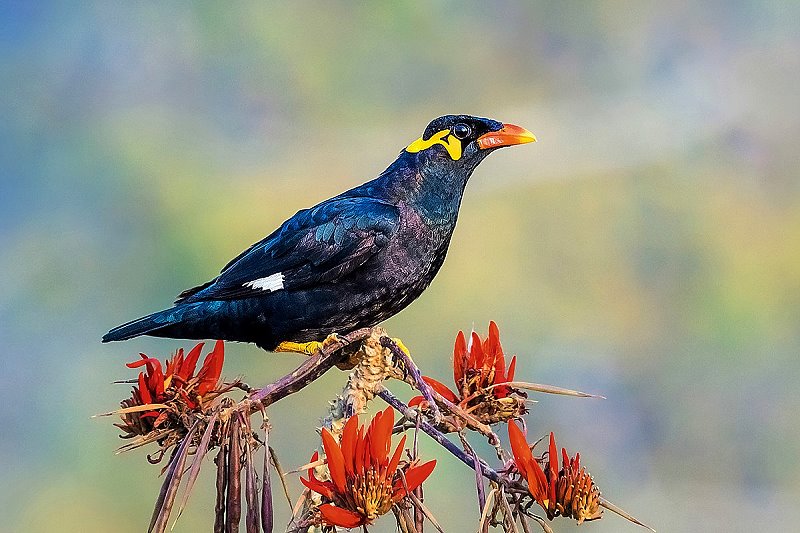
The Marmot is the largest member of the squirrel family. There are several reasons for not trying to have a marmot as a pet: rodents teeth continue to grow and so they munch almost constantly and that can be very hard on furniture. Another reason is that although they manifest friendly behavior within their own group, they are, after all, wild animals, are territorial, and see outsiders (including humans) as potential threats. Owning a marmot is illegal in the U.S. which is perhaps the strongest reason, along with the fact that the species found in Mongolia can carry Yersinia pestis, the bacterium that causes the Black Death. Nonetheless, there are instances where humans have befriended marmots, as is shown in the second image below of a 10 year old boy, who was accepted by a colony of marmots. However, this is unusual and not recommended as one can receive severe bites trying to feed these animals. So, no recommendation for these as pets–sorry.

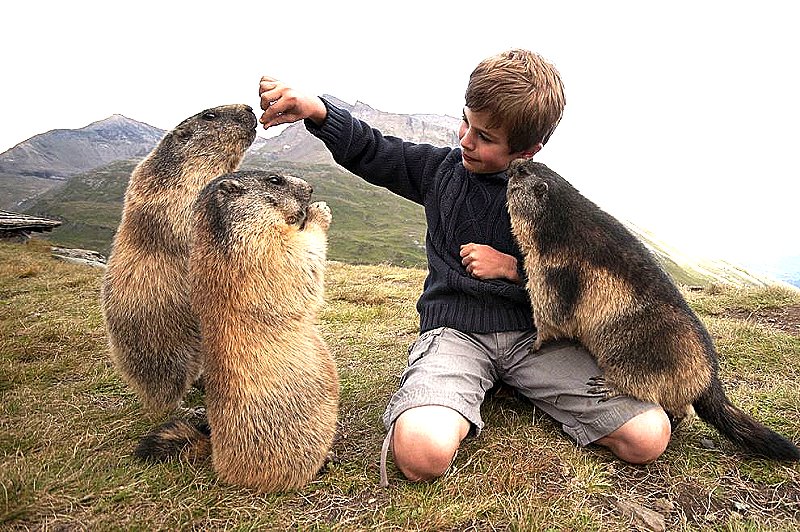
Continued in part 2, Unusual Pets N-Z.